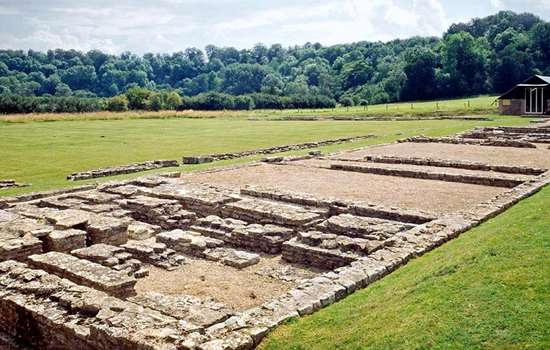Search Results
191 results for Bishop
News
English Heritage Resumes Work to Save Historic Sites
English Heritage has started its first conservation projects since lockdown, including major works at Pevensey Castle in Sussex, a Saxon shore fort intrinsically linked to the Battle of Hastings. The project, to remove the extensive vegetation growth that covered parts of the castle has revealed key historical features, previously hidden from both visitors and historians alike. Evolving from Roman fort to Norman castle, and even put back into action during the Second World War, Pevensey Castle is most famous as the landing place for William the Conqueror’s army in 1066. But important elements of this historically important site have been hidden away for decades, including an entire Roman bastion – standing at over 9 metres tall.
News
The Holy Island: Rare Christian and Anglo-Saxon Artefacts and New Monument to Saint at Lindisfarne
New English Heritage museum display at Lindisfarne Priory showcases internationally significant objects, including earliest British prayer beads, for the first time

Property
The remains of a large, well built Roman courtyard villa. The most important feature is a nearly complete mosaic tile floor, patterned in reds and browns.
Page
Scenically placed beside the river Severn in Shropshire, the ruins of Buildwas Abbey are among the most important Cistercian remains in England.
Page
Find out about the history of the Carthusian religious order in the Middle Ages, and what set the Carthusians apart from other medieval monks.
Page
Discover the miracles and acts of devotion associated with the Holy Blood of Hailes, and find out how the rise and fall of the abbey was inextricably linked to its prized relic.
Page
What was the legacy of William the Conqueror?
The Norman Conquest brought about the most radical change in society ever seen in England, and the question of whether this was for the better or for the worse is very much open to interpretation.
Page
Barnard Castle has sat on a dramatic site above the river Tees since the late 11th century. From 1471 to 1485 it belonged to the Duke of Gloucester, later Richard III. After a fierce siege in 1569, the castle went into steep decline and it was effectively abandoned by the early 17th century.